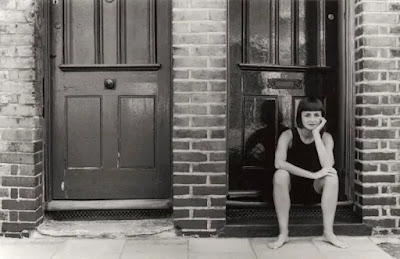Two, Saint Francis Giving his Cloak to a Poor Man
Three, Dream of the Palace
Four, Miracle of the Crucifix
Five, Renunciation of Worldly Goods
Six, The Dream of Innocent the Third
Seven, Confirmation of the Rule
Eight, Vision of the Flaming Chariot
Nine, Vision of the Thrones
Ten, Exorcism of the Demons at Arezzo
Eleven, Saint Francis before the Sultan, ( Trial by Fire )
Twelve, The Ecstasy of Saint Francis
Thirteen, Institution of the Crib at Greccio
Fourteen, The Miracle of the Spring
Fifteen, The Sermon to the Birds
Sixteen, Death of the Knight of Celano
Seventeen, Saint Francis Preaching before Honorius the Third
Eighteen, The Apparition at Arles
Nineteen, The Stigmatization of Saint Francis
Twenty, The Death and Ascension of Saint Francis
Twenty-one, The apparition to Fra Agostino and Bishop Guido at Arezzo
Twenty-two, The Verification of the Stigmata
Twenty-three, Saint Francis Mourned by Saint Clare
Twenty-four, The Canonization of Saint Francis
Twenty-five, The Dream of Saint Gregory
Twenty-six, Uomo di Llerda
Twenty-seven, Confessione della Donna
Twenty-eight, liberation of the Eretico
The legend of Saint Francis, as recorded by Thomas of Celano and Bonaventura, is the subject of a cycle of 28 frescoes in the Upper Church of the Basilica di San Francesco in Assisi. They were painted between 1297-1300, at the same time as Giotto's Florentine master, Cimabue painted the walls of the transept.
The authorship of "The Legend of St. Francis", traditionally attributed to Giotto di Bondone, has been disputed by many art historians since 1912. The written records for the monastery's accounts during this period were destroyed around 1800. Tradition has given to Giotto, the best-known naturalistic painter of his period, the authorship of these works, or at the least, the credit for having designed them.
There was, at the time of their creation, an active school of fresco-painters in Rome, whose style, judging by the scant remains, was very much more realistic than the Byzantine imagery of Tuscany, epitomized in the works of Cimabue and Duccio. The best known of the Roman school was Pietro Cavallini, an established master. However, very few frescoes of any sort from this period exist in Rome for comparison, and only a single Roman Church dates from this period. Many older churches were lavishly redecorated in following centuries and frescoes were destroyed.
It is now widely thought that the Upper Church frescoes were painted by at least three separate painters: the Master of Legend of St. Francis (the principal painter and probable supervisor of the cycle), the Master of the Obsequies of St. Francis and the Cecilia Master. A small group with a highly individual style are ascribed to the Isaac painter. Some art historians continue to support the authorship of Giotto and his workshop










.jpg)





















.png)
.png)
.png)



.jpg)

_of_the_celestial_throne_Wellcome_L0030654.jpg)










.png)
.png)
.png)
.png)
.png)
.png)
.png)












.jpeg)

